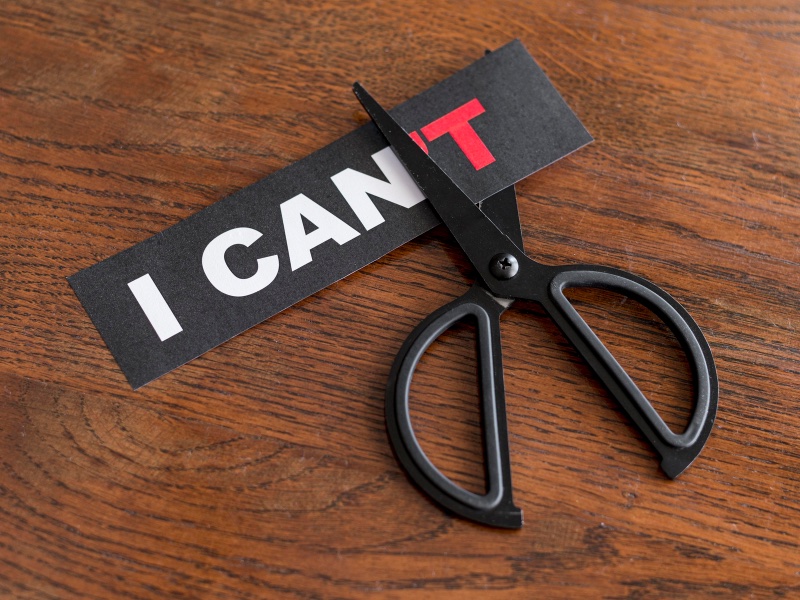When researching the successful application of creativity in business, I was struck with how often the concept of growth mindset occurred in my interviews with leaders in innovative organisations.
Growth mindset assumes a tolerance for failure, which is too often anathema in corporate life. We know intuitively, however, that without failure, we’re unlikely ever to experience dramatic success. And if we don’t share failure, our colleagues are more likely to make the same mistakes. There are no knowledge economies here!
To shift a team’s attitude toward failure requires fostering an environment of vulnerability, where colleagues are comfortable, eager even, to share their learning from every experiment they attempt. One way to do this is for the leader to host a failure party. I hear you guffaw, but hear me out. One of the many reasons that Pixar’s mantra is always to ‘Display’ is to invite critique, sharing, building on ideas and socialising what isn’t working. A failure party is simply to celebrate that spirit of Display. Colleagues become more comfortable as psychological safety grows to push the boundaries of what they think is possible, knowing that their personal reputation does not depend on inauthentically trying to communicate an aura of omniscience.
In the failure party, each person in the team who has explored a new avenue, experimented with a hypothesis, tested a prototype or interviewed a stakeholder or customer, and it did not go to plan, would share their activity, the result and, most importantly, the learning. Colleagues may ask questions, can build on the ideas and even pursue avenues that the speaker had not. The one thing that no one must do is belittle or criticise the speaker. Each dialogue ends with the conversation ‘What we learned here.’ Some leaders of failure parties even toast every speaker when they finish with a ritual, be it ringing a bell or everyone shouting ‘Huzzah!!’ The speaker’s candour, vulnerability and creativity are acknowledged. The ‘party’ element, which can simply involve refreshment and an informal environment, is proposed in order to put people at ease as quickly as possible.
The failure party is also a tremendous opportunity for the leader to share directly and obliquely what the boundaries are of acceptable risk. Over time, the team understands explicitly and implicitly what they can try right away and what they need to share first before trying. This dynamic is not unlike how Sir Clive Gillinson, Managing and Creative Director of Carnegie Hall in New York City and former Managing Director of the London Symphony Orchestra, launched the National Youth Orchestra of the United States. Share the idea first, socialise it among donors to test the idea, and get a bit of investment to display the prototype, then that generates further investment, and ultimately produces a sustainable new programme for the world. The initial hurdle involved little risk, and once shared and improved, the idea proceeded to the next hurdle with the team having more confidence that their concept has passed muster each time. At each hurdle, if the idea cannot pass further, then the risk is controlled, lessons are shared, and the entire team has still acquired greater wisdom.
 About the author
About the author
Adam Kingl is author of Sparking Success: Why Every Leader Needs to Develop a Creative Mindset, published by Kogan Page, priced £12.99.









